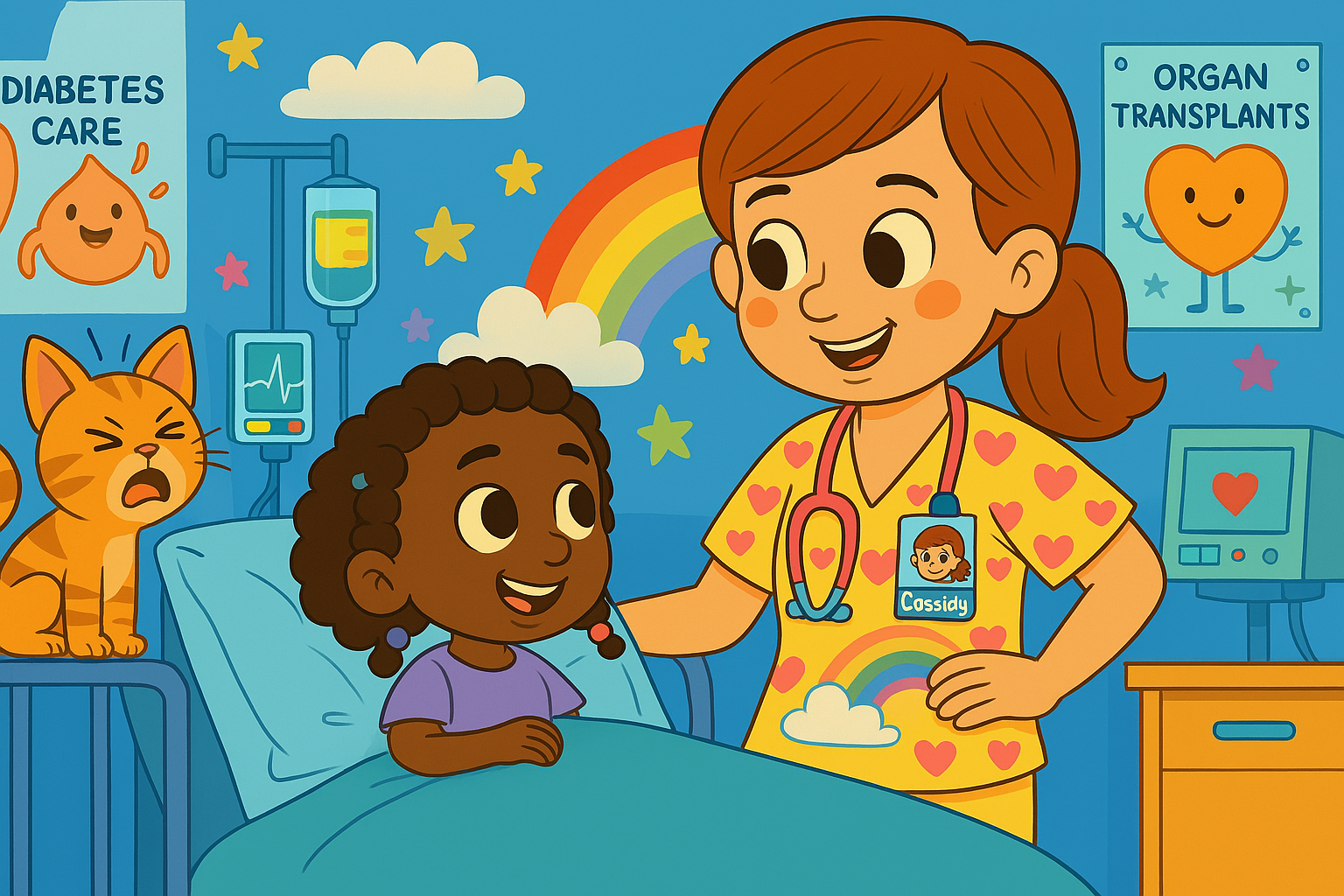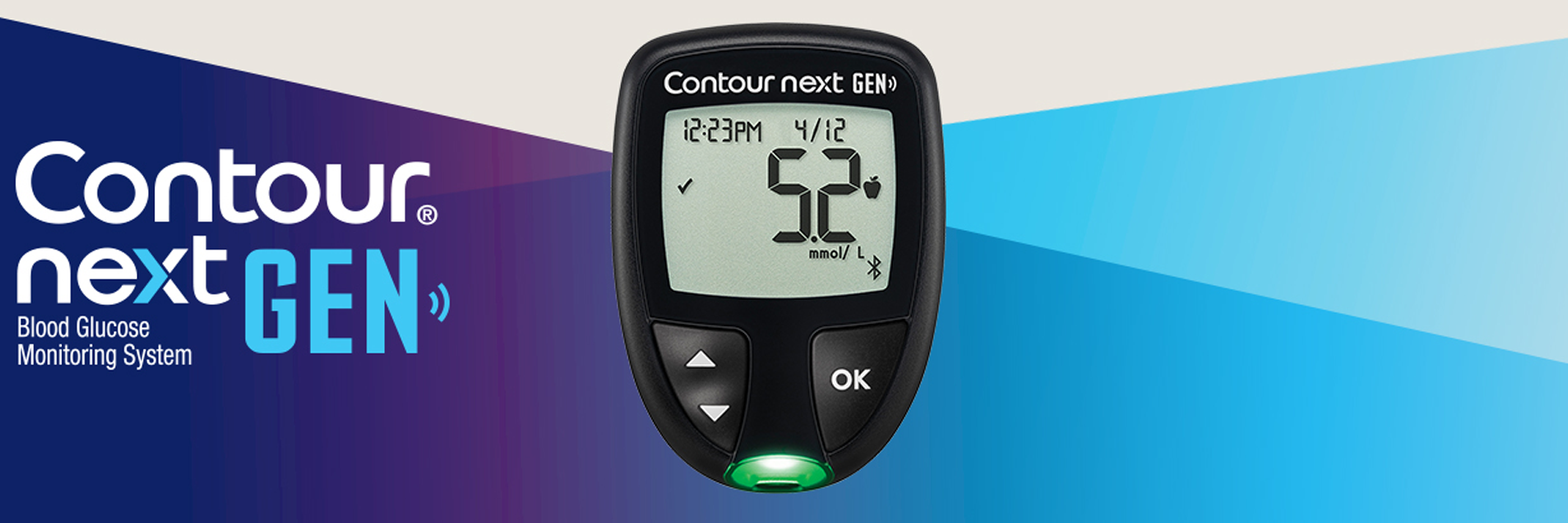#1448 Small Sips: Stop The Arrows
You can always listen to the Juicebox Podcast here but the cool kids use: Apple Podcasts/iOS - Spotify - Amazon Music - Google Play/Android - iHeart Radio - Radio Public, Amazon Alexa or wherever they get audio.
Acting early on CGM trends prevents major highs and lows and leads to more stable control.
+ Click for EPISODE TRANSCRIPT
DISCLAIMER: This text is the output of AI based transcribing from an audio recording. Although the transcription is largely accurate, in some cases it is incomplete or inaccurate due to inaudible passages or transcription errors and should not be treated as an authoritative record. Nothing that you read here constitutes advice medical or otherwise. Always consult with a healthcare professional before making changes to a healthcare plan.
Scott Benner 00:00 Hello friends, welcome to the sips series. These foundational strategies were nominated by listeners. They told me, these are the ideas in the podcast that truly made a difference for them. So I distilled them down into short, actionable insights. There's not going to be any fluff or complex jargon, just practical, real world diabetes management that you can start applying today. And I know your time is valuable, so we're keeping these short. Another small sip will come out once a week for the foreseeable future. If you like what you hear, check out the Pro Tip series or the bold beginning series for more. Those series are available in the menu at Juicebox podcast.com and you can find complete lists of all of the series in the featured tab on the private Facebook group. Please remember that nothing you hear on the Juicebox Podcast should be considered advice medical or otherwise, always consult a physician before making any changes to your health care plan or becoming bold with insulin. The questions you have, I guarantee you there's answers to them in the Juicebox Podcast, and it's all free. You all right, Jenny, I appreciate you doing this with me again. We are going to talk about stopping the arrows today. Oh, fun. So this came up originally in defining diabetes that we did in 286 where I think we were just talking about visual cues that we were using in Dexcom or any CGM, really, to make decisions about diabetes. So I'd like to hear from you first, how do you utilize arrows on CGM? Do you pay attention to them? Is the number more important to you? How do you think about it? I think
Jennifer Smith, CDE 02:03 the arrows can actually be more beneficial than the number value itself, because we know that CGM is going to be a little bit off of a finger stick in general. And when your number is changing, or you've got that arrow or the directional line of the dots on your on your system, showing you that things are shifting and changing, whether it's a rise or a fall in your glucose value. But the number isn't exactly a finger stick value. It is giving you information about what's happening right now, though, and so when I look at, you know, my arrows, for example, I expect a little bit of a trend up in the aftermath of eating something, but I also know enough about the types of things that I eat that I could expect based on timing, knowledge and everything else, That arrows shouldn't be dramatic, like I should not get. In fact, I don't know the last time I actually got, like, a double arrow up, kind of, or even a single arrow up, but in general, a nice, stable sort of course, up in the aftermath of eating something. You might get a little bit of that angled arrow trend up in the aftermath of a meal. But you also have to think in that scenario, again, not based on the number, but based on the trend that's happening. Okay, I just ate. I expect a little bit of a shift in my blood sugar. It's not going to stay flat in most cases, some eating sales, sure. But in general, it's going to coast up a bit at a certain point. However, after the meal and the Bolus, it should plateau. It should stabilize. You shouldn't any longer have that trend Up Arrow or that angled arrow up, it should plateau. And then eventually, over not a terribly long period of time, maybe 30 minutes, it should actually start to kind of come back down. So we're looking for a bell curve when we're looking at data around meal times in times that aren't around meals. Though, those arrows can give you more information about what you might need to do too, because if you're in a fasting time like overnight, and you just so happened to wake to an alarm that you've got set for a higher low blood sugar, and you have a trend arrow happening there, it might actually cue you into doing a finger stick to evaluate whether that's true or not, and to take a course of action, because now, assuming there's not any food or anything else happening, the trend up might actually need some assistance. You might need to do something about it, or the trend down, you may need to do something about it to stop it, because clearly, you have nothing else impacting the change right now.
Scott Benner 04:50 So I think when I said originally, like, I think about stopping the arrows, it was when I was trying to figure out how to use the insulin. Right? Like, so, to your point, I like that you said after math, after after a meal. Like it was, like a car accident, and everybody's just, like, dazed out in the
Jennifer Smith, CDE 05:10 streets. People talk about it, it seems like I don't like it is, like a whole, like, atrocious situation. That sounds like you ate, you know,
Scott Benner 05:17 just wandering around and there's smoke in the air, like, what happened? You ate? Yeah, it's so I just love that when you said aftermath, that was so what I was trying to get at back then in these episodes where, by the way, comes up again in episode 327, episode 125, like, it's a thing I've talked about a lot, but before algorithms and before really understanding firmly how insulin was working. I was teaching myself about the value of my Bolus by what the arrow was doing afterwards, right? Like, and, to your point, like nowadays. I mean, if I saw a double arrow in either direction nowadays, I don't even think I'd, I'd be like, what just I don't understand. But back then, they were happening constantly, right, sure, but back then, I didn't understand Pre Bolus thing. If you listen back, you can hear that as Arden was growing, because Arden was diagnosed when she was so small, as she was growing, her office never changed her insulin to carb ratio. Oh, her endo office, really, and her also the insulin sensitivity. Like, I looked one day, and it was like, one unit moves her 300 points. And I was like, that's not true at all, you know, like, and then I realized, like, these settings are being ignored by people, and they're important. She's grown, she's gotten bigger. Her basal doesn't change. She's grown, she's gotten bigger. Nobody changed her insulin sensitivity. I'm like,
Jennifer Smith, CDE 06:40 which is one that drives me crazy, that sensitivity factor, correction factor, it is the least adjusted of all the three knobs, so to speak, that you can kind of turn right. We've got basal insulin to carb correction factor. It's the one that gets left in the corner by itself and nobody fixes
Scott Benner 06:59 it. Yeah, I was stunned. I mean, once I mean, once I figured everything out, I was stunned what was happening. I didn't even think twice about it. I wasn't pre bolusing. Her settings were way off. She'd eat something, her blood sugar would definitely two hours. Were happening all the time. I even think back then I was blaming the insulin at one point, like probably, I actually think that I love a Pedro. Arden. Been using it forever. I find it very smooth for her. But I think I made the switch because I thought it was Nova logs. Fault that we were seeing these double arrows because I was out of ideas about, like, what to do, what to do. But anyway, like, what I this, this kind of fundamental idea I had back before the settings were right and I knew what I was doing is I would think I have to stop the arrows, right? So, like before, I understood that I wasn't using enough insulin, I at least knew I should not be seeing this arrow up, and I kind of set these lines in my head, like if you know, in the first 30 minutes after she ate, she was rising quickly, or she got over 140 and it looked like she was gonna go to 160 I assumed I didn't use enough insulin. I put more insulin in. Nowadays. I still use that, but it just doesn't come up as much. But what really ended up happening was the people listening to the podcast who also were in a situation where they didn't understand that there were three settings they needed to be looking at, that they were probably all wrong, that they were timing their insulin incorrectly, etc, they found that phrase stop the arrows to be really helpful in the beginning, while they're learning, you know, while
Jennifer Smith, CDE 08:30 you were saying that, learning about how to stop the arrow, as I imagined you like, in my head, the scenario of like, packing your backpack Full of whatever you're going to leave the house with to take care of whatever force was invading your home at that point. Imagine it's like you're in this war against, oh, something
Scott Benner 08:51 against the arrows, like, like, really, because that's what is. Because the number to your point, listen, CGM are fantastic, but the speed direction that information is super, super helpful, maybe more so than the number, right? But, yeah, that's exactly what it felt like. I was like, oh, it's everything. Felt like it's coming for you all the time, like you don't I mean, like, here comes the arrows coming. I don't know how it got here. I don't know how to kill it. I don't know how to stop it without it turning into a different arrow that I don't want to see. Right? Anyway, as a general management idea, I think when you see straight arrows in either direction, they need intervention. So it's obvious when you're dropping fast that you need intervention, but I don't think it's so obvious, at least in the beginning, to people, that those straight arrows up mean I've significantly mistimed and miscalculated my insulin, right? Yeah, right. And
Jennifer Smith, CDE 09:44 those, I think those straight arrows are definitely, I mean, angled arrows you're likely to see more often, especially angled arrows that are coasting up slightly again in the, I was going to say it again the aftermath of a meal,
Scott Benner 09:57 it is. I mean, if it's going like this. Yes
Jennifer Smith, CDE 10:00 and to not be too again, this is where the understanding of insulin and how insulin works, along with food, becomes really valuable. Because if you're just trying to stop the arrow and it's 20 minutes after you've eaten a meal, you haven't really given that insulin enough time to do justice, right? So I think there is a timing or an evaluation time to look for that arrow and say, Okay, I know I still have insulin working here. I'm going to wait 30 minutes and hope for that plateau, hope for the the turning point that it's not going up anymore, that insulin really is taking action. And they're kind of that tug of war idea that you, that you created. They're working together, the insulin, the carbs, they're working together, and now it's going to coast back down the up and down arrows, like you said, those straight arrows, those are the ones that usually indicate either something is amiss with the insulin site that the pump site, right? Is it leaking? Has it been pulled loose? Is it disconnected? Because if this is a normal meal for you, that shouldn't be happening, right? But the other piece would be, if you got a straight arrow up or a straight arrow down, it's probably timing that was the best.
Scott Benner 11:17 Yeah, right. If you're using the right amount of insulin and you're still seeing a straight up arrow, you may have just let the food get ahead of the the insulin by not Pre Bolus thing enough. I kind of think there's two different ways to think about this. Like, there's the way to think about it once you're in my position and your position where you know your settings are good, right? Like, once you know your settings are good, if you see those drastic arrows, you're like, Oh, this is timing, or I didn't use enough insulin, or I've miscalculated the impact this food's going to have. Something like that back when you don't know what you're doing, and it's just starting out like to your point, you don't want to Bolus for a meal. 15 minutes later, see an up arrow and just start pouring in more insulin, because correct you don't know what's going on. Like that. Might be a time to sit back and evaluate and say to yourself, you know, for next time, I'm going to try to get the insulin in in enough time that this doesn't happen, that this food doesn't come in and just crush and overtake the insulin, because it's not working yet. If this makes sense to you and you want to learn more, go to the Pro Tip series to try to learn more about how to get your insulin setting set up. Thank you. Perfect. That's awesome. Yes, are you starting to see patterns, but you can't quite make sense of them. You're like, Oh, if I Bolus here, this happens, but I don't know what to do. Should I put in a little less, a little more? If you're starting to have those thoughts, if you're starting to think this isn't going the way the doctor said it would. I think I see something here, but I can't be sure. Once you're having those thoughts, you're ready for the diabetes Pro Tip series from the Juicebox Podcast. It begins at Episode 1000 you can also find it at Juicebox podcast.com up in the menu, and you can find a list in the private Facebook group. Just check right under the featured tab at the top, it'll show you lists of a ton of stuff, including the Pro Tip series, which runs from episode 1000 to 1025 if you or a loved one, was just diagnosed with type one diabetes, and you're looking for some fresh perspective. The Bowl beginning series from the Juicebox Podcast is a terrific place to start. That series is with myself and Jenny Smith. Jenny is a CD CES, a registered dietitian and a type one for over 35 years, and in the bowl beginning series, Jenny and I are going to answer the questions that most people have after a type one diabetes diagnosis. The series begins at episode 698, in your podcast player, or you can go to Juicebox podcast.com and click on bold beginnings in the menu. If you're not already subscribed or following in your favorite audio app, please take the time now to do that. It really helps the show and get those automatic downloads set up so you never miss an episode. Thank you so much for listening. I'll be back very soon with another episode of The Juicebox Podcast. You.
Please support the sponsors
The Juicebox Podcast is a free show, but if you'd like to support the podcast directly, you can make a gift here. Recent donations were used to pay for podcast hosting fees. Thank you to all who have sent 5, 10 and 20 dollars!

































